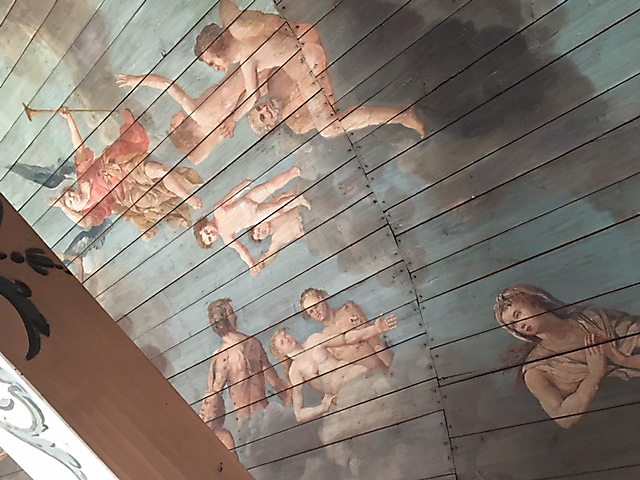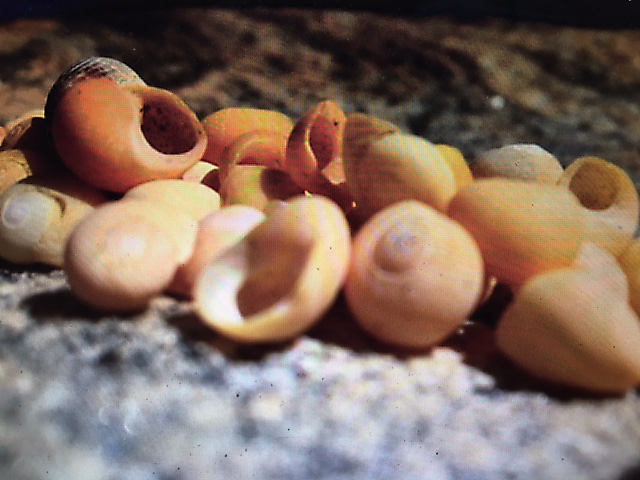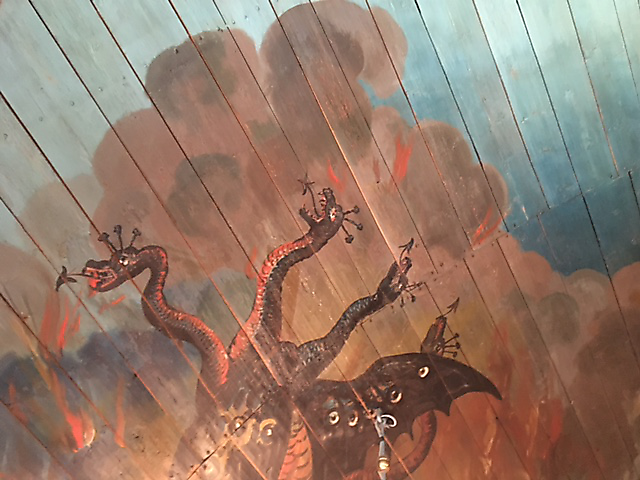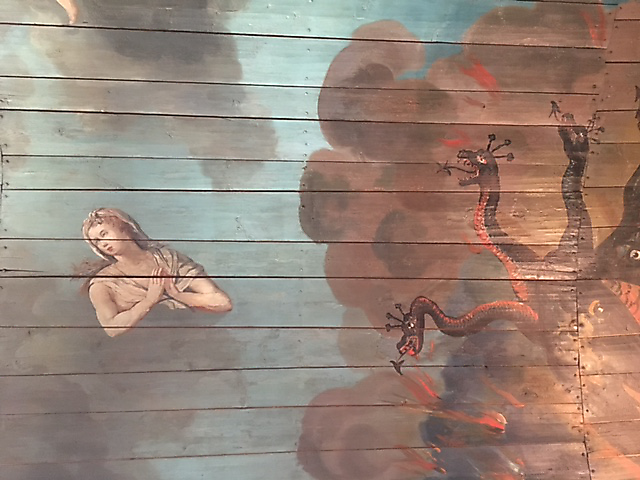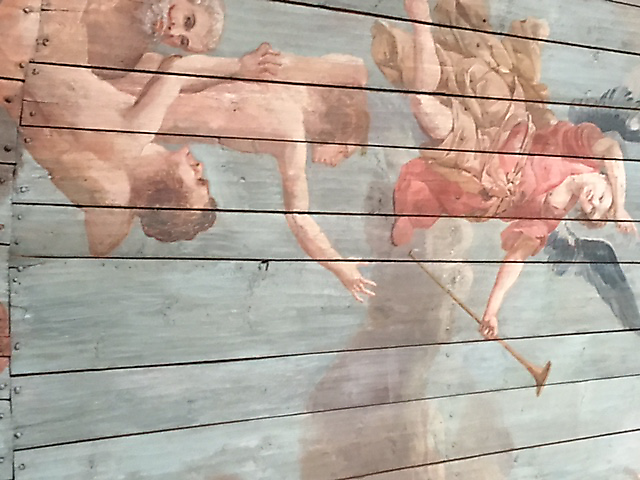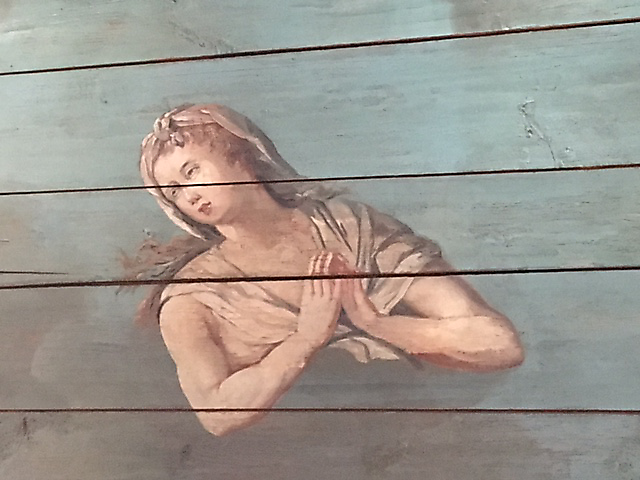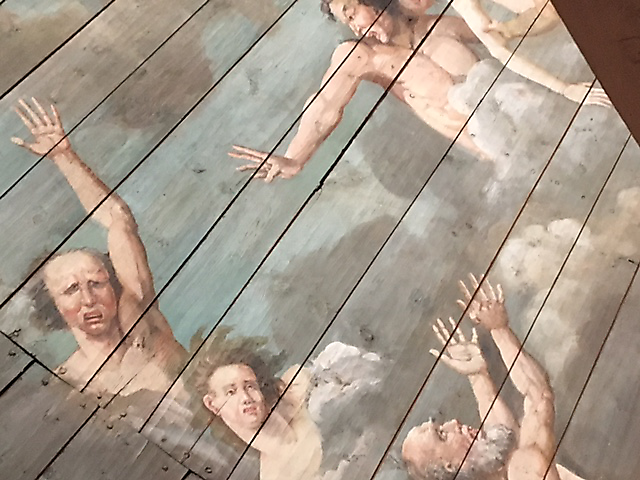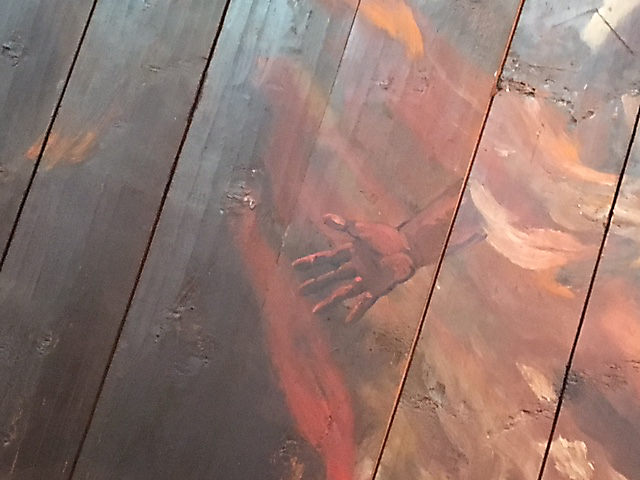"Her gates have sunk into the ground; he has ruined and broken her bars; her king and princes are among the nations; the law is no more, and her prophets find no vision from the LORD."
"The elders of the daughter of Zion sit on the ground in silence; they have thrown dust on their heads and put on sackcloth; the young women of Jerusalem have bowed their heads to the ground."
I leave the struggle of description aside and dive deep into contradictions for real. I will continue to speak as I write and sing as well. I will translate my inside, knowing that the form which is about to appear on the screen will be the result of an intense spacetimemattering experience.
"My eyes are spent with weeping; my stomach churns; my bile is poured out to the ground because of the destruction of the daughter of my people, because infants and babies faint in the streets of the city."
"The LORD determined to lay in ruins the wall of the daughter of Zion; he stretched out the measuring line; he did not restrain his hand from destroying; he caused rampart and wall to lament; they languished together."
"When the description of technique refuses to limit itself to an established vocabulary of technical terms and instead uses poetic language to evoke more subtle or esoteric aspects of embodied practice, it may become a kind of 'performative writing'." (Spatz 2017:22)
Intra-active methodology allows us to not describe the various kinds of things we do as human beings with human bodies. Instead intra-action means a developement of performative entanglements based on agential cuts.
"Observer and observed are nothing more than two physical systems intra-acting in the marking of the 'effect' by the 'cause'; no human observers are required (though 'humans' may emerge as being part of practices). And objectivity is not defined in reference to a human observer: it is not merely about what humans can do to facilitate unambiguous communication about laboratory results. Rather, objectivity is matter of accountability to marks on bodies. Objectivity is based not on an inherent ontological separability, a relation of absolute exteriority, [...] but on an intra-actively enacted agential separability, a relation of exteriority within phenomena. The reproducibility and unambiguous communication of laboratory results are possible becaused the agential cut enacts determinate boundaries, properties, and meanings, as well as a causal structure in the marking of 'measuring agencies' ('effect') by the 'measured object' ('cause') within the phenomena. Accountability to marks on bodies requires an accounting of the apparatus that enact determinate structures, boundaries, propoperties, and meanings. Crucially, the objective referent of measured values is phenomena, not (some abstract notion of) objects (which do have an independent existence. Objectivity, then is about being accountable and responsible to what is real." (Barad 2007:340)
